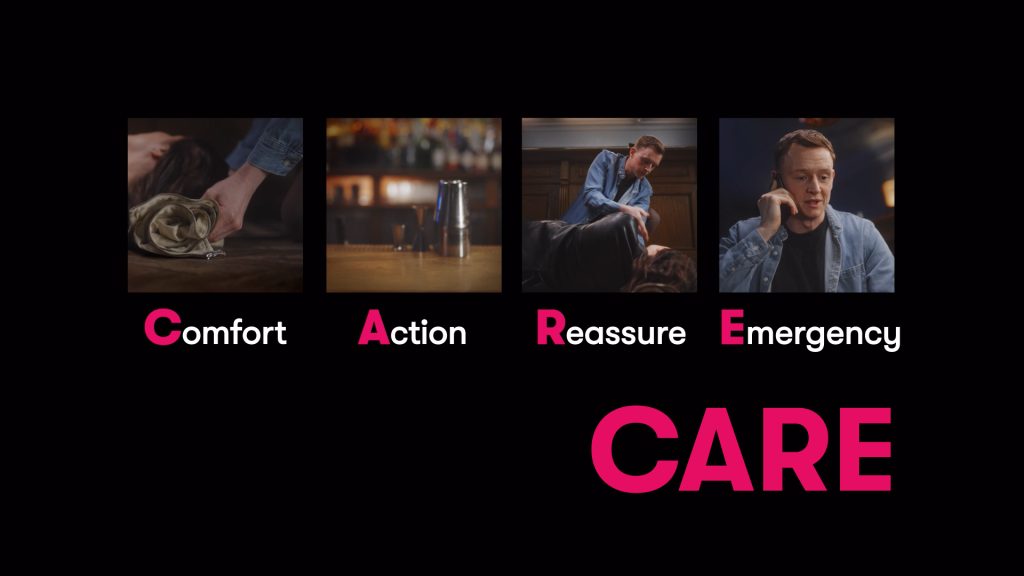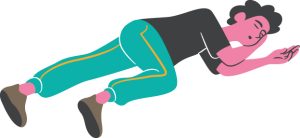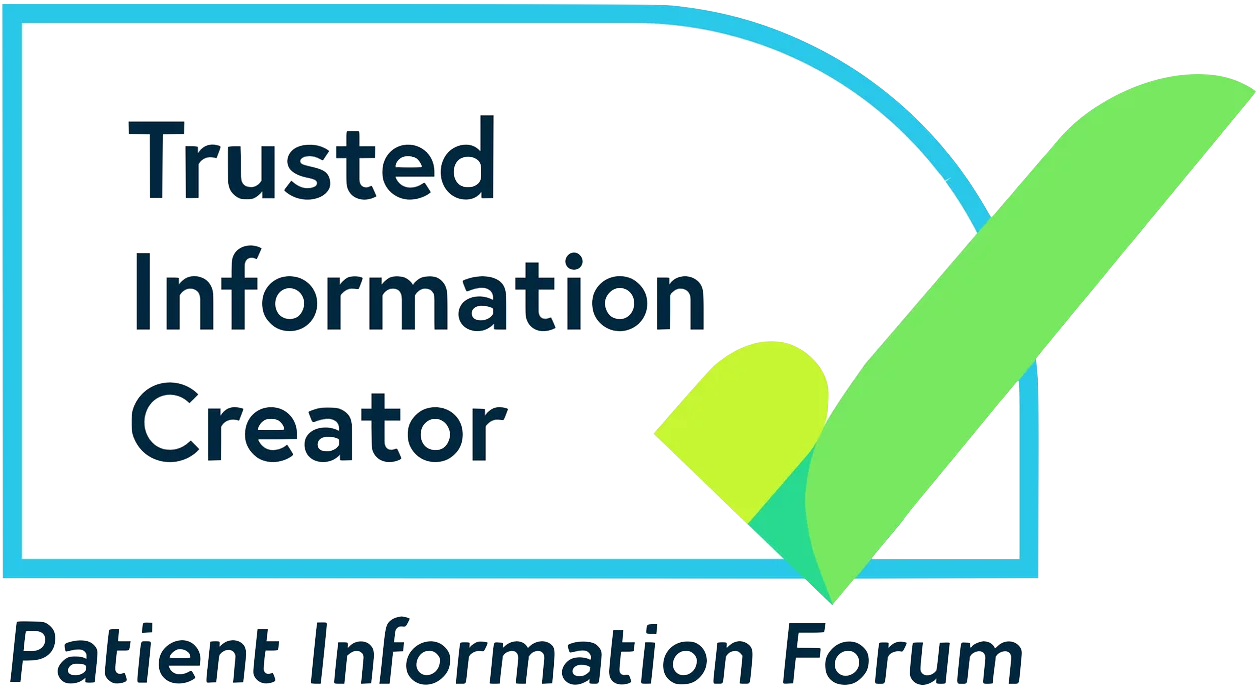Tonic-clonic seizure first aid

Tonic-clonic seizures are the type of seizure most people recognise. They used to be called grand mal seizures. Someone having a tonic-clonic seizure goes stiff, loses consciousness, falls to the floor and begins to jerk or convulse. They may go blue around the mouth due to irregular breathing. Sometimes they may lose control of their bladder or bowels, and bite their tongue or the inside of their mouth.
Here’s how to help if you see someone having a tonic-clonic seizure:
- Protect them from injury (remove harmful objects from nearby)
- Cushion their head
- Look for an epilepsy identity card or identity jewellery – it may give you information about their seizures and what to do
- Time how long the seizure lasts
- Once the jerking has stopped, help their breathing by gently placing them in the recovery position (see below)
- Stay with the them until they are fully recovered
- Be calm and reassuring
Call for an ambulance if any of these things apply:
- You know it is their first seizure
- The seizure lasts for more than five minutes
- They have one tonic-clonic seizure after another without regaining consciousness between seizures
- They are seriously injured during the seizure
- They have trouble breathing after the seizure has stopped
We are aware of different advice on NHS platforms about when to call an ambulance if someone has a seizure. We recommend following the advice on this page: NHS overview of epilepsy
Other advice
It’s important that you don’t hold the person down or move them unless they are in danger. You shouldn’t try to bring them round and never give them anything to eat or drink until they are fully recovered. You should never try and put anything in their mouth while they are having a seizure.
It is possible that the person may wet themselves. You may be able to give the person dignity by adding a light blanket or piece of clothing over the area.
You may also be able to help move any bystanders away.

Here’s a reminder of the steps to put someone in the recovery position
- Lay the arm nearest to you out to the side and flat on the floor so it is at a right angle to the body
- Bring the other arm across the person’s chest and tuck their hand under their cheek
- Bring the knee furthest away from you into a right angle, so the foot is flat on the floor
- Pull on the knee, rolling the person towards you onto their side, whilst protecting their head with the other hand
- Adjust the top leg so that it’s at a right angle and the person can’t roll onto their back
- Tilt their head back slightly to keep their airway open
- Stay with them until they are fully recovered
There is more information on the recovery position on the NHS website.
St John’s Ambulance has information on how to put a baby into the recovery position.
There’s more information on our diagnosis page about the support and tests that someone might have after a first seizure.
Got any questions?
Our expert advisors can help you with any questions you might have about epilepsy first aid or anything else related to living with epilepsy.


